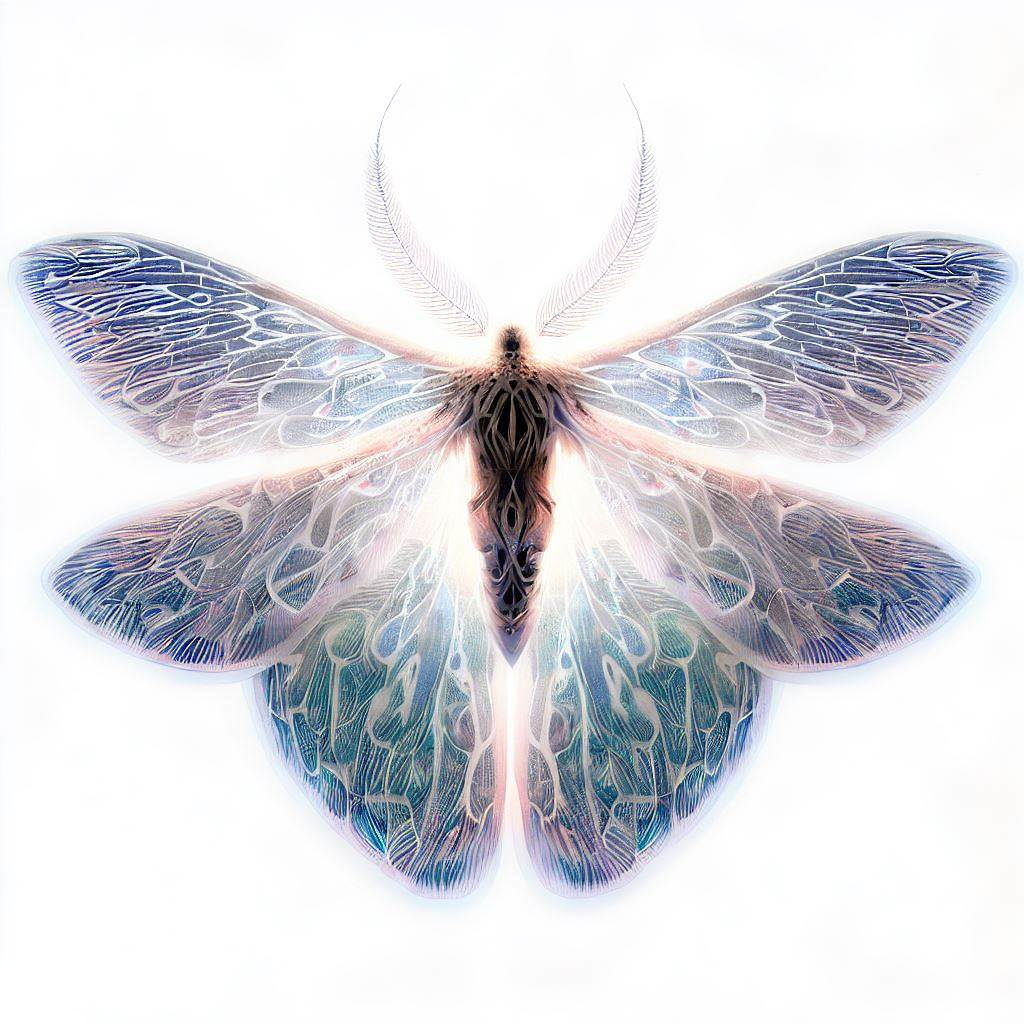
ECO-FRIENDLY PEST CONTROL INC.
Sun - Thur: 8AM - 8PM

Sun - Thur: 8AM - 8PM

Moths are fascinating insects that belong to the order Lepidoptera, which also includes butterflies. There are more than 160,000 species of moths, making them one of the most diverse groups of insects on the planet. While some species of moths are considered pests due to their impact on agriculture and textiles, many are also important pollinators and serve as a food source for other animals.
Life Cycle of Moths: Like all insects, moths go through a process called metamorphosis, in which they undergo a series of developmental stages. The moth life cycle begins with an egg, which hatches into a larva or caterpillar. The caterpillar then feeds on leaves and other plant material, growing larger and shedding its skin several times as it develops.
Moths come in a wide range of shapes, sizes, and colors. They have two pairs of wings covered in scales, which give them a powdery appearance. Moths have a long, tubular proboscis used for feeding on nectar or other liquids. Their bodies are usually stout and fuzzy, providing insulation and camouflage.
After the caterpillar has completed its growth, it enters the pupal stage, during which it undergoes a complete transformation into an adult moth. The adult emerges from the pupa with fully formed wings and reproductive organs. The lifespan of a moth can vary depending on the species, with some living only a few days while others can live for several months.
Moths are fascinating creatures with a variety of interesting habits. Here are some key habits of moths:
In conclusion, moths are a fascinating group of insects with a wide range of species, habits, and cultural significance. While some species are considered pests, many others are important pollinators and serve as a food source for other animals. Moths have also developed unique adaptations to protect themselves from predators, making them an interesting subject for scientific study. Whether viewed as pests or pollinators, moths play an important role in the ecosystems of the world, and their diversity and adaptability make them a truly remarkable group of insects.